The 90s were a transformative time for the wine industry, with certain regions and types of wine rising to popularity.
Napa Valley, Bordeaux, Tuscany, and Rioja were among the sought-after regions, while Chardonnay, Merlot, Cabernet Sauvignon, and Pinot Noir were the go-to choices for many wine enthusiasts. Brands like Mondavi, Kendall-Jackson, Robert Mondavi, and Beringer were at the forefront.
The era also saw the rise of wine bars, a focus on food and wine pairing, and a growing interest in organic and biodynamic wines. But how have these wines and trends evolved since then? Let’s find out.
What Were the Popular Wine Regions in the 90s?
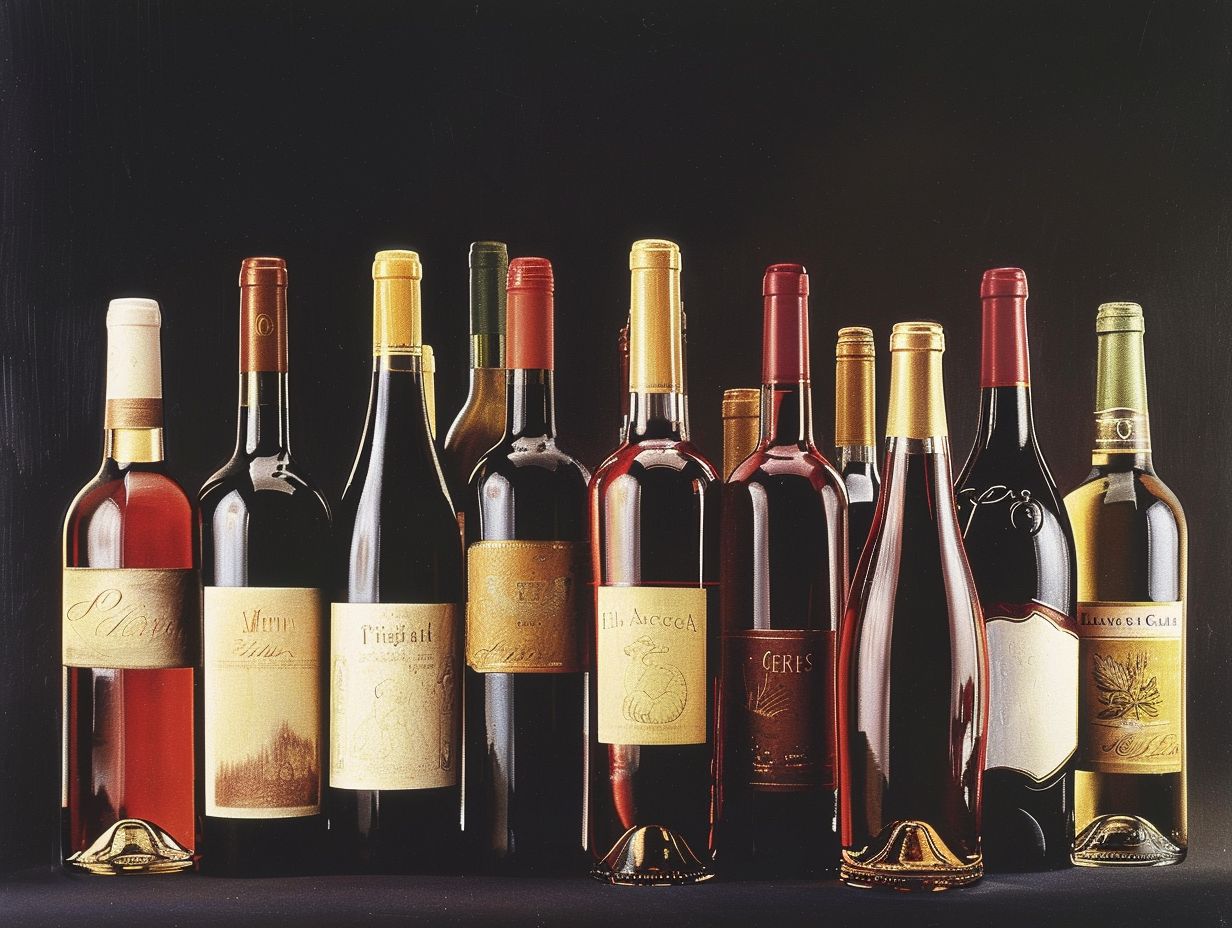
The 1990s witnessed a surge in popularity for various wine regions across the globe. Among the most celebrated were Napa Valley in California, Bordeaux in France, Tuscany in Italy, and Rioja in Spain.
Each of these regions offers a unique blend of history, climate, and grape varietals that have captivated wine enthusiasts worldwide.
Napa Valley, known for its bold Cabernet Sauvignons and elegant Chardonnays, boasts stunning vineyard landscapes and a commitment to sustainable viticulture.
In contrast, Bordeaux’s prestigious reputation is built on its famous blends, like Cabernet Sauvignon, Merlot, and Cabernet Franc, with a focus on terroir-driven wines.
Tuscany’s rolling hills produce iconic Sangiovese-based wines such as Chianti Classico, while Rioja stands out for its rich, oak-aged Tempranillo wines that showcase the region’s traditional winemaking techniques.
1. Napa Valley, California
Napa Valley, California, emerged as a prominent wine region during the 1990s, gaining recognition for its exceptional wine quality and scenic vineyards.
During this period, Napa Valley saw a surge in popularity with varietals such as Cabernet Sauvignon, Chardonnay, and Merlot taking the spotlight. Renowned producers like Robert Mondavi, Beringer, and Stag’s Leap Wine Cellars played pivotal roles in shaping the region’s reputation for world-class wines. The 90s also marked a shift towards sustainable and organic practices in viticulture, reflecting the growing consumer interest in eco-friendly wines. This commitment to quality and innovation solidified Napa Valley’s status as a leading wine destination, attracting visitors from around the globe.
2. Bordeaux, France
Bordeaux, France, held its prestigious status as a top wine region throughout the 1990s, known for its iconic vineyards and world-renowned wine brands.
During that decade, Bordeaux’s reputation was further elevated by its exceptional varietals, with the Merlot, Cabernet Sauvignon, and Cabernet Franc grapes taking center stage in many acclaimed vintages. Some of the standout wine brands that contributed to Bordeaux’s prominence included Château Margaux, Château Latour, and Château Haut-Brion. These esteemed wineries produced exceptional wines that highlighted the unique terroir of the region, showcasing the complexity and elegance that Bordeaux wines are known for.
3. Tuscany, Italy
In the 1990s, Tuscany, Italy, captured wine enthusiasts’ hearts with its classic Chianti and Sangiovese wines, showcasing the region’s rich winemaking heritage.
The allure of Tuscany’s traditional wine varietals extended beyond the popular Chianti and Sangiovese, drawing admiration for the depth and complexity of its Brunello di Montalcino and Vino Nobile di Montepulciano. These wines, rooted in centuries-old winemaking traditions, highlighted the artistry and dedication of Tuscany’s winemakers.
The region’s unique terroir, with its rolling hills and Mediterranean climate, imbued these wines with distinctive flavors and aromas that captivated wine connoisseurs worldwide, firmly establishing Tuscany as a premier wine region in the 1990s.
4. Rioja, Spain
Rioja, Spain, made waves in the 1990s with its exceptional Tempranillo wines, blending tradition with innovation to create distinct vintages that captivated wine critics.
The region’s winemaking practices, rooted in centuries-old techniques, have evolved to meet modern demands while preserving their renowned quality. Rioja’s dedication to aging its wines in oak barrels imparts complex flavors and textures, setting them apart in the competitive wine market. This commitment to craftsmanship has garnered international recognition, cementing Rioja’s status as a leading wine region. The balance of fruit-forward richness and elegant structure in Rioja’s Tempranillo wines has made them a favorite among wine enthusiasts seeking depth and character in their selections.
What Were the Popular Types of Wine in the 90s?
The 1990s saw an array of popular wine types that dominated the market, including Merlot, Chardonnay, Cabernet Sauvignon, and White Zinfandel, catering to varied wine preferences.
Each of these wine varieties brought its own unique characteristics and flavors, appealing to a wide range of wine enthusiasts.
- Merlot, known for its softness and approachability, often featured flavors of plum, cherry, and a hint of chocolate.
- Chardonnay, a versatile white wine, offered notes of citrus, apple, and oak, with styles ranging from crisp and unoaked to creamy and buttery.
- Cabernet Sauvignon, a popular red blend, showcased bold flavors of black currant, tobacco, and cedar, making it a favorite for those who enjoy full-bodied wines.
- White Zinfandel, with its sweetness and refreshing profile, became a go-to choice for casual wine drinkers seeking a fruity and easy-to-drink option.
These wines not only pleased the palate but also carried cultural significance, symbolizing different lifestyles and occasions during the vibrant ’90s era of wine consumption.
1. Chardonnay
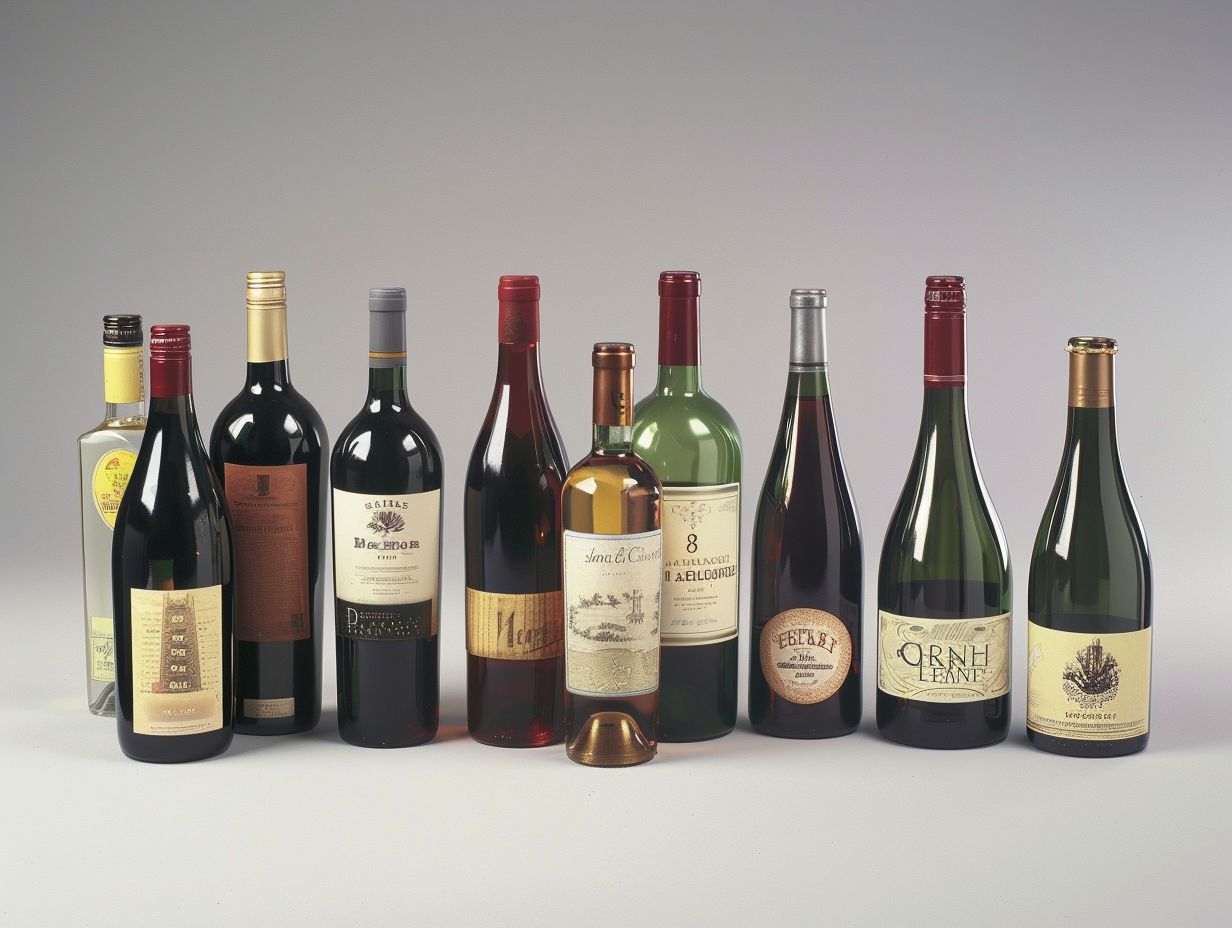
Chardonnay emerged as a crowd favorite in the 1990s, known for its versatile flavor profile that ranged from oaky butteriness to crisp citrus notes.
During this era, Chardonnay experienced a true renaissance as winemakers in regions like Burgundy, California, and Australia honed their craft to produce exceptional bottles. The evolution of this grape varietal saw a shift towards more balanced styles, with the influence of oak becoming more refined and integrated. Chardonnay’s adaptability made it a beloved choice for both casual sipping and elegant dinners, seamlessly pairing with a wide array of dishes like roasted chicken, seafood, and creamy pasta sauces, further solidifying its status as a staple in the wine world.
2. Merlot
Merlot enjoyed a surge in popularity during the 1990s, appreciated for its smooth texture, approachable character, and fruit-forward flavors.
During this renaissance period, Merlot became a beloved choice among wine enthusiasts for its versatility and elegant profile. With regional variations from California to Bordeaux, Merlot showcases a wide range of styles, from full-bodied and rich to light and refreshing.
Pairing suggestions for Merlot include classic matches such as roasted lamb, mushroom risotto, or a decadent chocolate dessert. As this varietal regained its status as a must-try wine, it seamlessly blended modern wine trends with timeless appeal.
3. Cabernet Sauvignon
Cabernet Sauvignon emerged as a powerhouse in the wine scene of the 1990s, revered for its bold tannins, rich dark fruit flavors, and aging potential.
During this era, Cabernet Sauvignon’s popularity soared as wine enthusiasts sought out its robust structure and complex layers of flavors. Its distinctive profile often featured notes of black currant, cassis, and hints of cedar and vanilla, making it a favorite among oenophiles. Known for its ability to age gracefully, many vineyards across regions like Napa Valley, Bordeaux, and Coonawarra in Australia produced exceptional Cabernet Sauvignon vintages that captivated discerning palates. This shift towards premium quality wines set the stage for the rise of cult Cabernets and elevated the status of this varietal.
4. White Zinfandel
White Zinfandel gained popularity as a refreshing and slightly sweet wine choice in the 1990s, appealing to consumers seeking a lighter wine experience.
During this time, White Zinfandel emerged as a delightful alternative to the more traditional red wines, offering a fruit-forward profile with notes of strawberry, watermelon, and citrus. The production method of White Zinfandel involves minimal skin contact during fermentation, resulting in its light color and gentle tannins.
This wine’s easy-drinking nature and affordability made it a hit among younger wine enthusiasts and those exploring the world of wine for the first time. Its rise also coincided with a broader trend towards approachable and fruitier styles of wine, capturing the attention of a wide range of wine drinkers.
What Were the Popular Wine Brands in the 90s?
The 1990s marked the era of iconic wine brands that captured the hearts of wine enthusiasts, including Mondavi, Kendall-Jackson, Robert Mondavi, and Beringer, setting new standards in the wine industry.
These renowned wine brands in the 90s paved the way for innovation and success in the wine market. Mondavi’s innovative approach to winemaking elevated the quality and reputation of Napa Valley wines globally. Kendall-Jackson’s focus on sustainable practices and consumer-centric branding resonated with wine lovers, propelling the brand to new heights. Robert Mondavi’s commitment to showcasing the essence of California terroir in his wines reshaped the industry’s perception of New World wines. Similarly, Beringer’s rich winemaking legacy and consistent quality standards solidified its position as a top choice for wine connoisseurs.
1. Mondavi
Mondavi, a pioneering wine brand of the 90s, revolutionized the industry with its dedication to quality, innovation, and sustainable winemaking practices.
Their commitment to sustainable winemaking practices set a new standard in the industry, inspiring other wine brands to follow suit. Mondavi’s innovative approaches, such as implementing state-of-the-art technology in vineyard management and production, helped them produce renowned vintages like Cabernet Sauvignon and Chardonnay that quickly gained popularity among wine connoisseurs.
This focus on craftsmanship and terroir authenticity not only elevated Mondavi’s brand philosophy but also enhanced the overall consumer appeal of their wines. As a result, Mondavi played a significant role in shaping the trends and preferences of wine enthusiasts during the 90s.
2. Kendall-Jackson
Kendall-Jackson emerged as a household name in the 1990s, known for its approachable wines, consistent quality, and innovative marketing strategies that resonated with consumers.
During this time, Kendall-Jackson’s strategic use of consumer engagement tactics, such as hosting wine tastings and partnering with popular restaurants, helped solidify its position in the market. Its diverse wine portfolio, featuring popular varietals like Chardonnay, Merlot, and Cabernet Sauvignon, catered to a wide range of preferences, attracting a loyal customer base. The brand’s ability to balance tradition with innovation set it apart from competitors, appealing to both novice and seasoned wine enthusiasts. By continuously refining its marketing efforts and expanding its distribution channels, Kendall-Jackson paved the way for its enduring success in the competitive wine industry.
3. Robert Mondavi
Robert Mondavi, a visionary vintner of the 90s, elevated American winemaking with his dedication to terroir-driven wines, sustainable practices, and global recognition.
His commitment to producing wines that truly reflected the unique characteristics of the vineyards they came from set a new standard in the industry. Mondavi’s winemaking philosophy emphasized the importance of balance, elegance, and expressing the essence of the grape varietals. His eponymous winery became a beacon of quality, inspiring other wine brands to focus on authenticity and craftsmanship. As a pioneer of the Napa Valley wine scene, Mondavi’s influence reached beyond borders, shaping the perception of Californian wines on a global scale.
4. Beringer
Beringer, a historic wine brand from the 90s, showcased a rich heritage of winemaking excellence, premium vineyard selections, and timeless quality that resonated with wine enthusiasts.
Known for its meticulous attention to detail in every step of the winemaking process, Beringer’s dedication to craftsmanship set it apart as a leading name in the industry. The brand’s portfolio boasted a diverse range of popular wines such as Cabernet Sauvignon, Chardonnay, and Merlot, each crafted with precision and care.
Beringer’s commitment to quality and tradition was evident in every bottle, drawing consumers seeking refined and elegant tasting experiences. Its enduring appeal stemmed from a perfect blend of history, innovation, and passion for creating exceptional wines.
What Were the Trends in Wine Drinking in the 90s?
The 1990s marked a transformative period in wine culture, witnessing trends that reshaped wine consumption habits, preferences, and the overall dynamics of the wine market, captivating a new generation of wine enthusiasts.
During this era, consumers started gravitating towards unique and bold flavor profiles, moving away from traditional preferences towards more adventurous choices.
Emerging wine markets began to gain traction, with regions like Australia and South Africa making a significant imprint on the global wine scene. The influence of wine enthusiasts grew, with sommeliers and bloggers shaping trends and introducing lesser-known grape varieties to curious consumers.
This period also saw a rise in eco-friendly and sustainable winemaking practices, aligning with the changing values of environmentally conscious consumers.
1. Rise of Wine Bars
The 1990s witnessed a burgeoning trend in the rise of wine bars, offering patrons a sophisticated yet relaxed environment to explore and savor diverse wine selections, reshaping the social landscape of wine consumption.
These establishments became hotspots for wine enthusiasts and casual drinkers alike, providing a unique setting for social gatherings and networking. The ambiance of wine bars, with cozy lighting and knowledgeable sommeliers, made wine appreciation more accessible and enjoyable to a wider audience, fostering a culture of wine exploration and appreciation. This era marked a shift from traditional wine consumption to a more experiential approach, where the journey of tasting and discovering new wines became as significant as the end result.
2. Emphasis on Food and Wine Pairing
In the 1990s, there was a notable emphasis on food and wine pairing, with consumers increasingly seeking culinary experiences that complemented and elevated their wine consumption, fostering a newfound appreciation for gastronomic harmony.
This trend marked a shift towards a more sophisticated understanding of how different elements in a dish could either harmonize with or contrast the characteristics of a particular wine. Wine enthusiasts and food lovers alike began to explore the delicate dance between flavors, textures, and aromas, recognizing the impact each component had on the overall dining experience. As a result, restaurants and wine establishments started curating specialized menus and tasting events to cater to this growing demand for curated culinary journeys.
3. Increased Interest in Organic and Biodynamic Wines
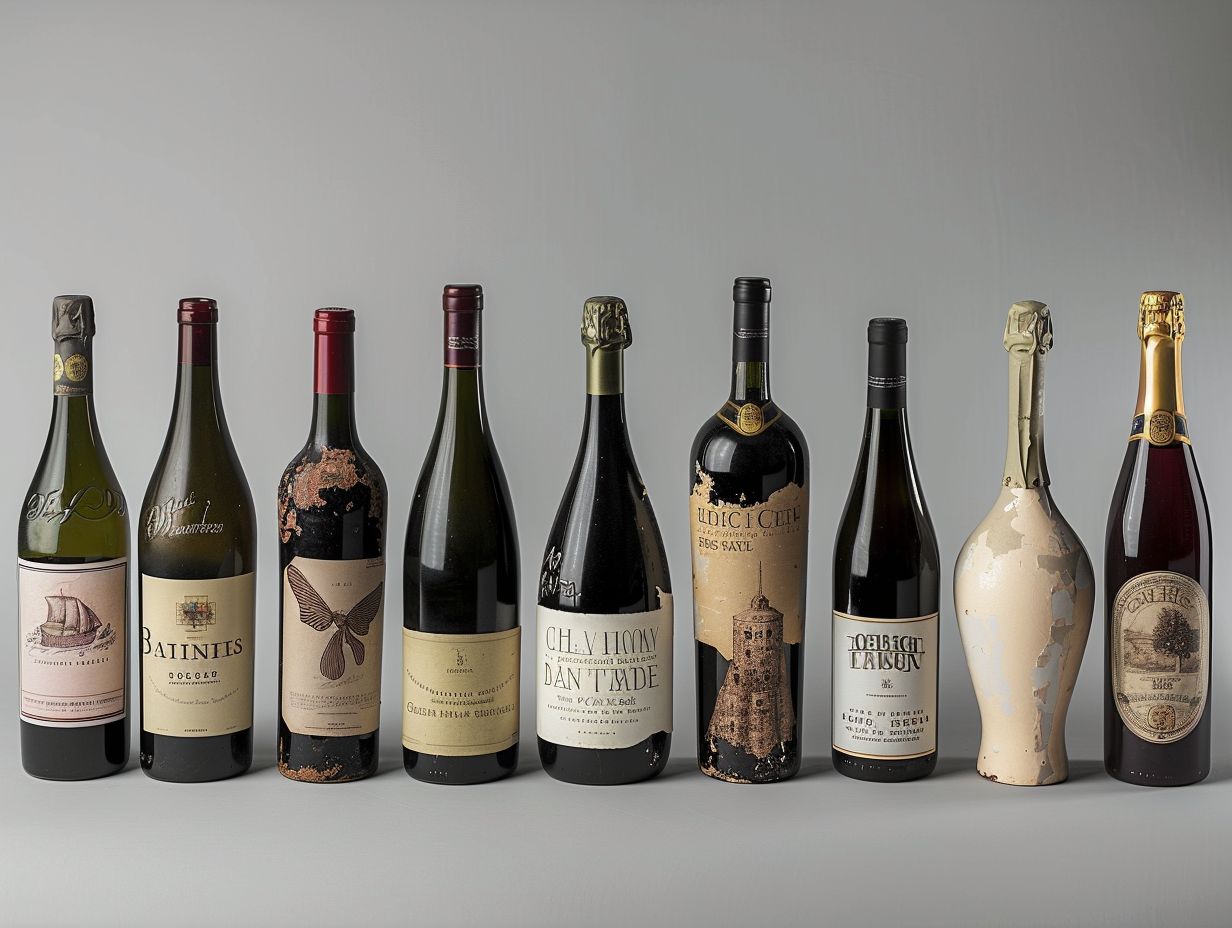
During the 1990s, there was a notable upsurge in consumer interest towards organic and biodynamic wines, driven by a growing consciousness for sustainable practices, environmental stewardship, and holistic winemaking approaches.
Consumers were drawn to the idea of wines produced without synthetic chemicals, pesticides, and herbicides, aligning their values with winemakers who respected the land and employed ethical production methods. This shift reflected a desire for wines that truly showcased the unique characteristics of the terroir, emphasizing authenticity and a sense of place in each bottle. The commitment to organic and biodynamic farming practices also highlighted a broader movement within the wine industry towards more sustainable and environmentally-friendly approaches, resonating with a generation increasingly concerned about the impact of their consumption choices.
How Have These Wines and Trends Evolved Today?
The wines and trends that emerged in the 1990s have undergone a fascinating evolution, with vintage wines gaining renewed appreciation, wine consumption habits diversifying, and the wine market adapting to changing consumer preferences and industry dynamics.
This transformation in the wine industry reflects a shift towards appreciating the authenticity and character of vintage wines, with connoisseurs and new enthusiasts alike seeking out unique and exceptional vintages.
As consumption habits have diversified, there has been a surge in interest for organic and sustainable wines, reflecting a growing consciousness about environmental impact.
Market adaptations have seen a focus on direct-to-consumer models, online platforms, and personalized wine experiences to cater to the evolving tastes and preferences of today’s wine enthusiasts.
Frequently Asked Questions
What were some popular wines in the 90s?
Some popular wines in the 90s included Merlot, Chardonnay, Pinot Noir, Cabernet Sauvignon, Zinfandel, and Sauvignon Blanc.
Did any specific regions produce popular wines in the 90s?
Yes, regions such as California, Bordeaux, and Tuscany were known for producing popular wines in the 90s.
Were there any specific wine brands that were popular in the 90s?
Yes, brands such as Mondavi, Gallo, and Robert Mondavi were popular choices among wine drinkers in the 90s.
Were there any trends in wine consumption during the 90s?
In the 90s, there was a trend towards drinking more red wines, as well as a rise in the popularity of wine coolers and sparkling wines.
Did the popularity of wines in the 90s have any lasting impact on the wine industry?
Yes, the popularity of wines in the 90s helped to establish new regions and styles of wine, and also contributed to the growth of the wine market overall.
Are any of the popular wines from the 90s still popular today?
Yes, some of the popular wines from the 90s are still enjoyed today, such as Merlot, Chardonnay, and Cabernet Sauvignon. However, there have also been shifts in wine preferences and new trends have emerged in the industry.

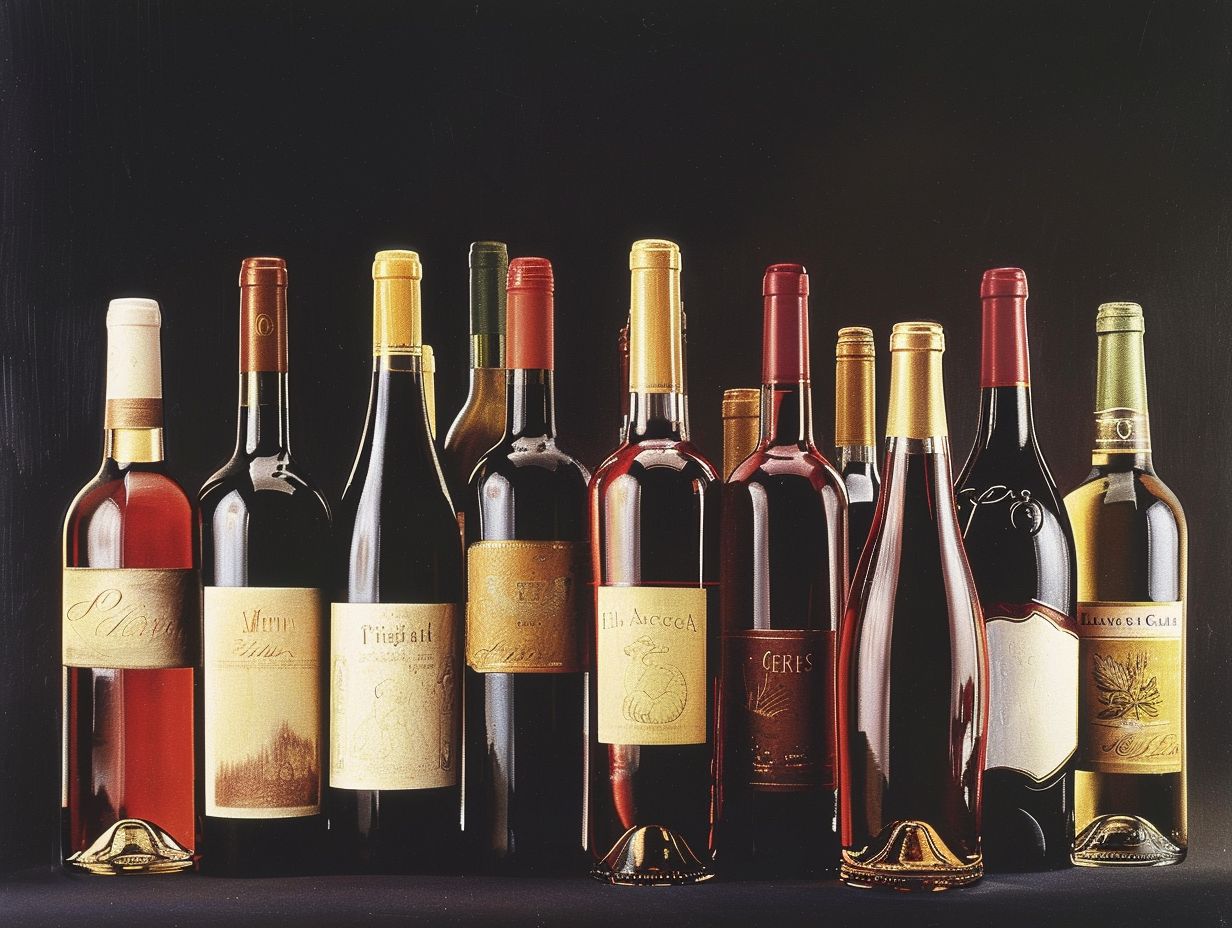
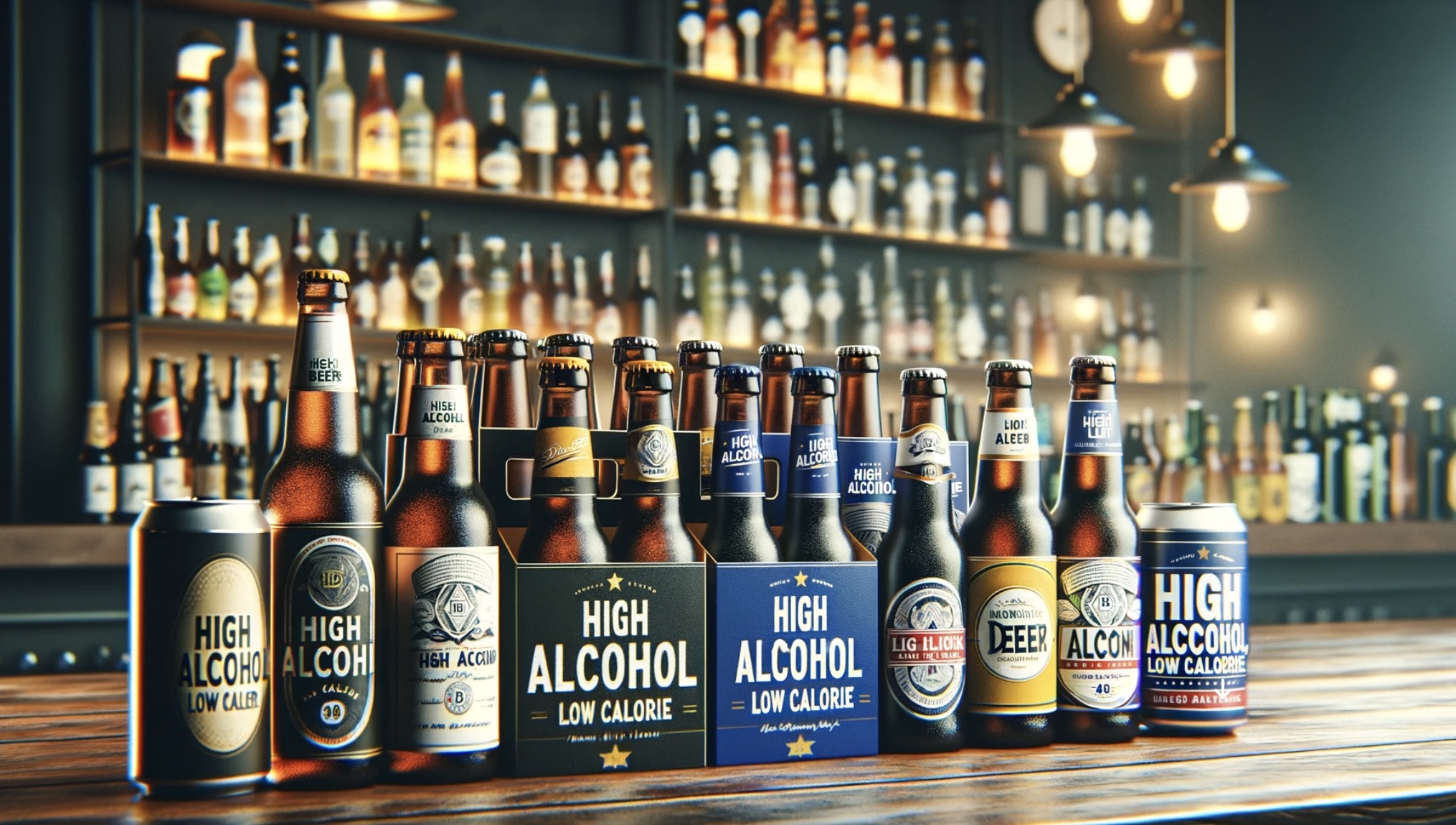
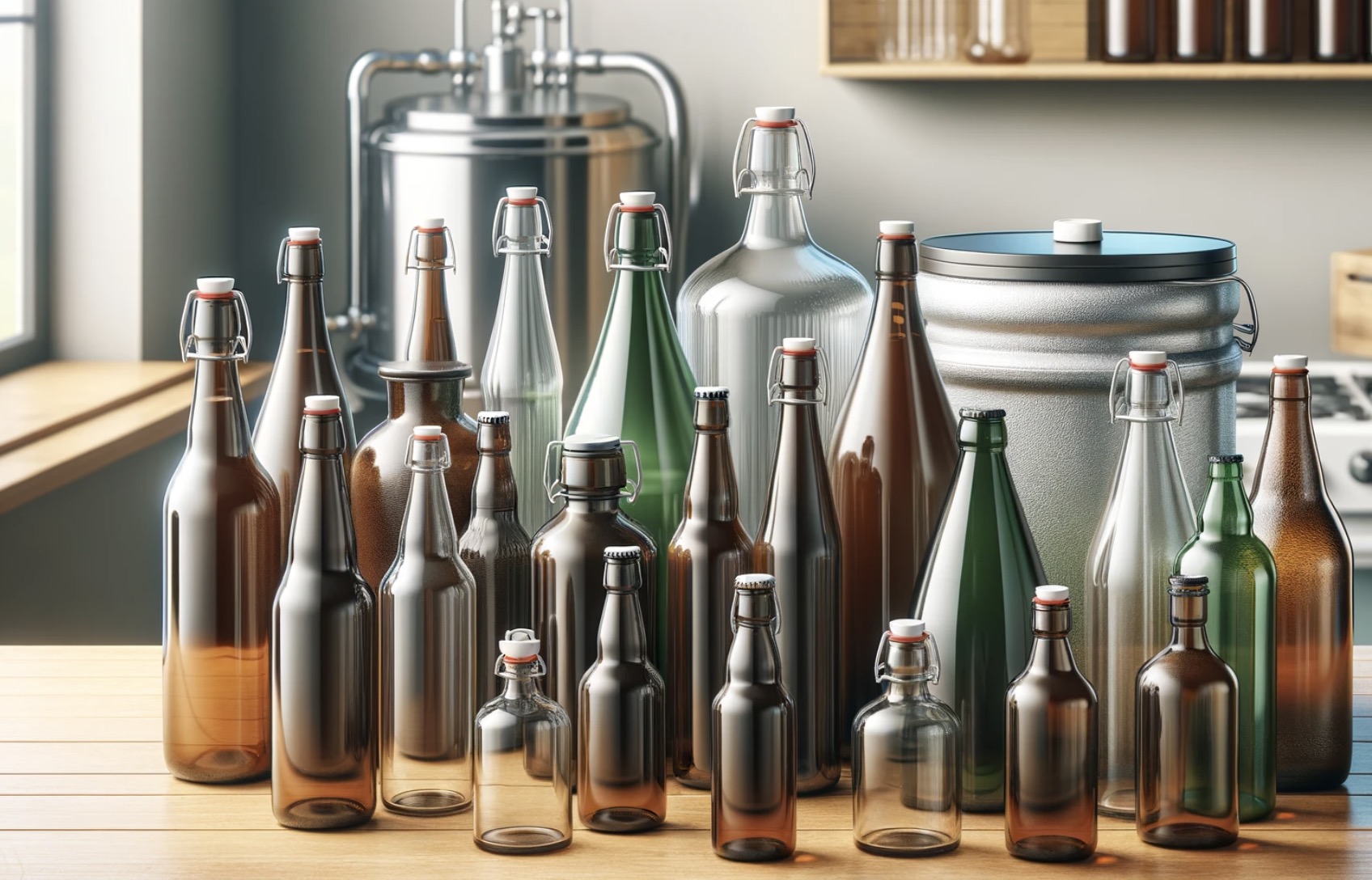
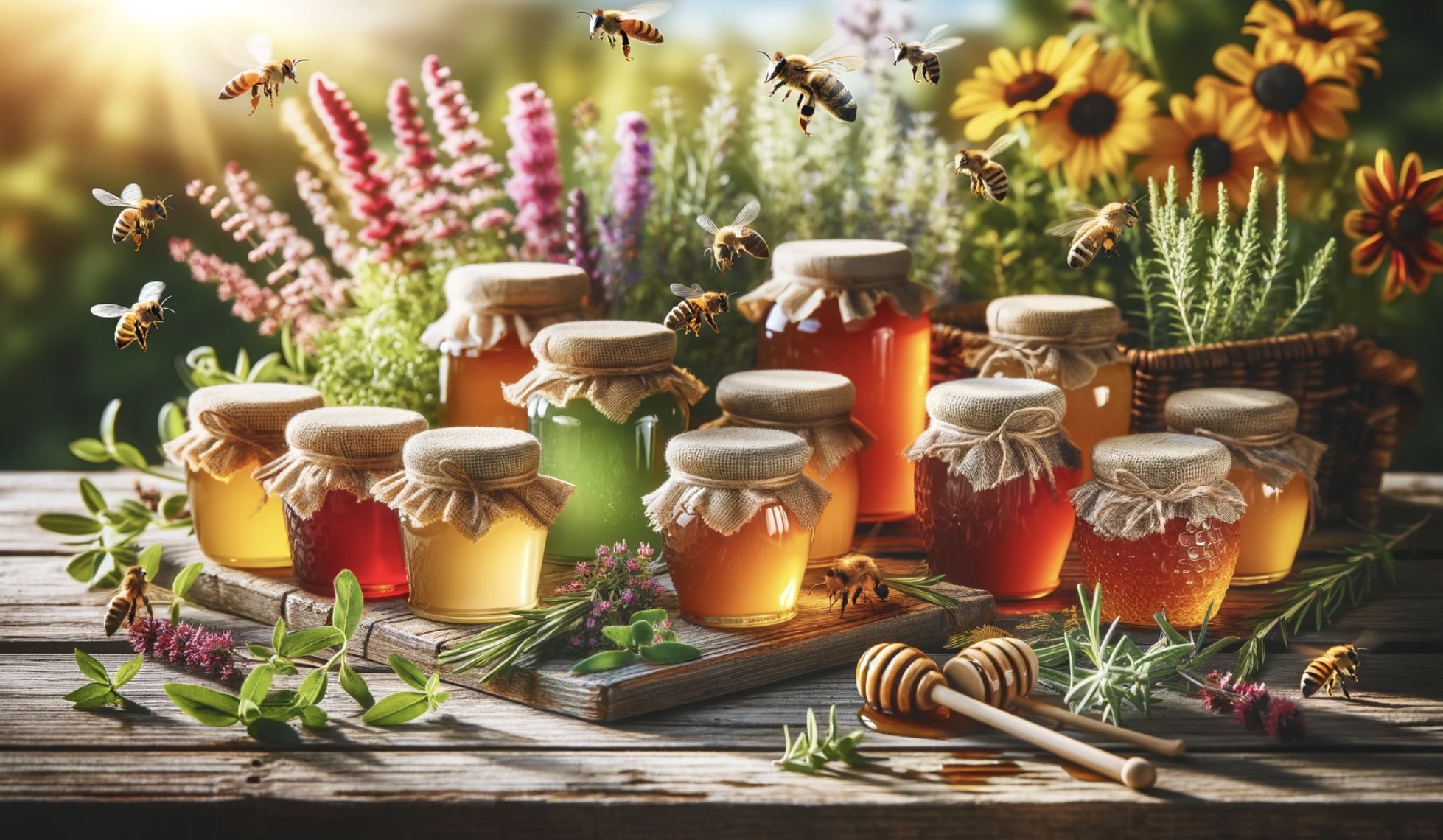
Leave a Reply
You must be logged in to post a comment.